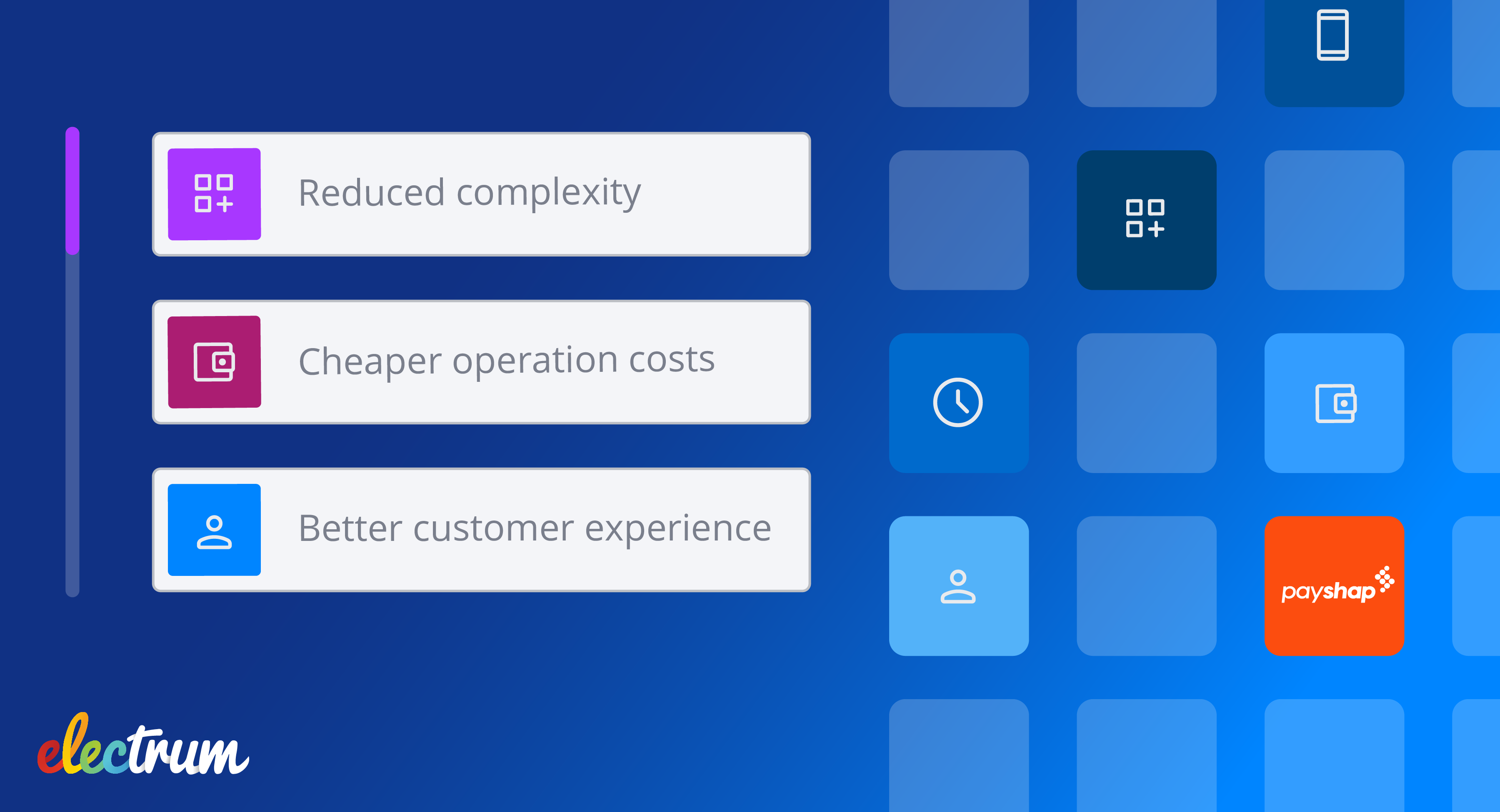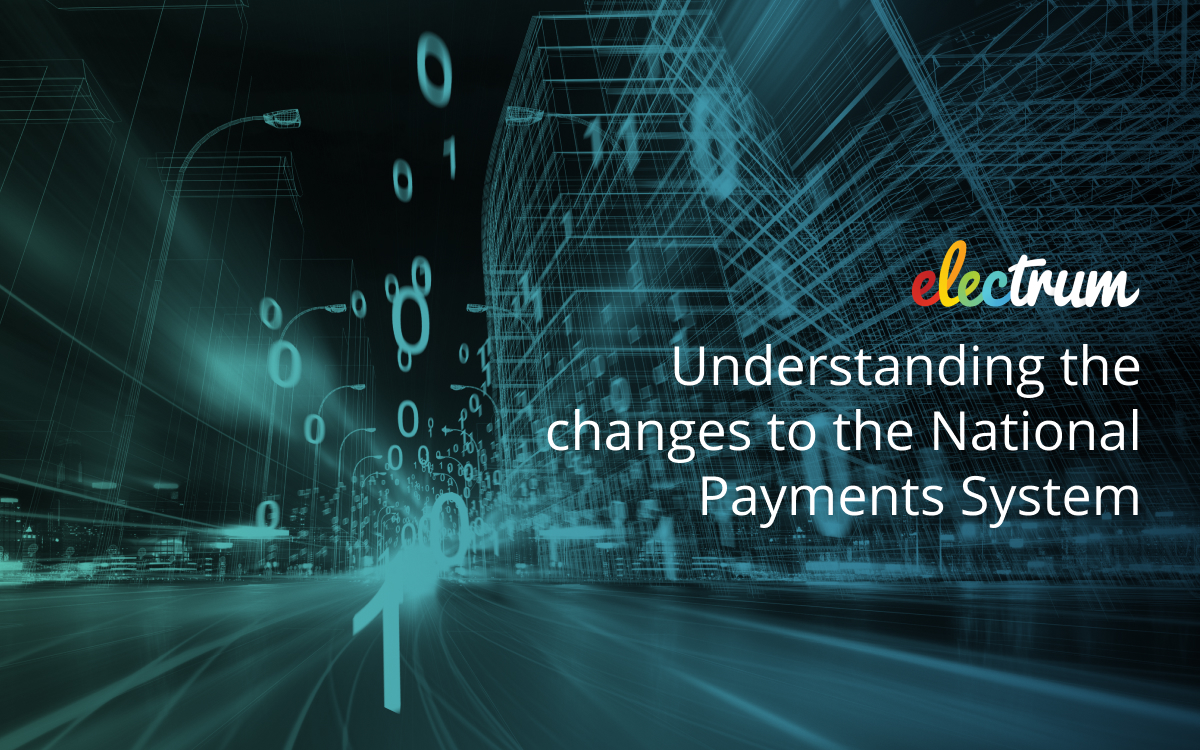
Real-time payments – or instant or immediate payments, as they are otherwise known – have been around for years. Indeed, South Africa was one of the first to offer real-time clearing in 2006. However, the process is expensive, with some banks charging up to R50 per transfer in the South African context. This cost has excluded a large segment of the population and hindered the adoption of the service.
Over the last five years, several countries around the world have launched new instant payment programmes that are cheaper and more widely accessible. Notable examples include India’s Unified Payments Interface (UPI), Thailand’s PromptPay, Singapore’s PayNow and Brazil’s PIX.
The popularity of these programmes has exploded, with the COVID-19 pandemic further fuelling their growth. With the increased demand for contactless payments, there were over 70.3 billion real-time payment transactions worldwide in 2020 – up by 41% compared to 2019. India, where the UPI has boomed, saw over 3.24 billion transactions worth $457 billion – equivalent to 15% of the country’s GDP.
So what, aside from market conditions, makes these programmes so successful? The ones that have seen success overseas are often driven by the government or payment bodies. They are designed and implemented to create a national integrated digital payment system, with the objective being to provide accessible, low-cost real-time payments at scale to all citizens. Driven by robust regulation, they must include a clear strategy, be interoperable, and provide a standard transparent set of pricing and operating rules to drive adoption and create a uniform and ubiquitous ecosystem.
With the launch of the RPP on the horizon, South Africa is in a prime position to learn from other countries. Here is a closer look at some of the factors that have contributed to international success stories and how they can inform South Africa’s way forward.
Easy accessibility and acceptance ensure widespread adoption
For a new programme to be successful, it needs to be easy for people to engage with and intuitive to use. It’s key to leverage the network effect – a phenomenon whereby increased numbers of participants improve the value of a service. The corollary of this is that the network effect can protect incumbent systems from being displaced by newer and often better alternatives. Consumers don’t want to use disparate payment methods at the point of purchase, so they will usually fall back on what is easiest.
“ Network effects have to take place to realise the full benefits of these platforms. Because as the networks get larger, the benefits increase disproportionately, according to the Reserve Bank of Australia.”
Banks play an essential role in facilitating customer and merchant propositions on instant payment rails. By making it easier to access new payment methods, person-to-person (P2P), person-to-merchant (P2M), and even government-to-person (G2P) payments can see positive feedback loops. As the takeup becomes more widespread, banks will, in turn, benefit from:
-
Decreased cash withdrawal
-
Greater digital transaction volumes
-
An increasingly banked population, and
-
Better customer experience
Therefore, the more ubiquitous rapid payments rails are, the higher the value proposition and lower the opportunity cost is for customers and merchants to adopt new ways to pay.
Uniformity is key
Successful real-time payment programmes are all driven by regulation. Rules around how they operate, their prices, and their accessibility have been key in laying a sound foundation.
Pricing
Pricing set at a regulatory level enables a uniform experience across the system and can drive the price lower than would be seen if left to the market to decide. Instant payment programmes that have succeeded have done so using pricing that was a fraction of the cost of the existing payment programmes in those countries for both consumers and merchants.
In 2018, the banks of Thailand waived the fees for PromptPay and saw a substantial boost in online transactions and P2P transfers. Similar trends can be seen in Singapore, India, and Brazil.
It is imperative that pricing is considered both at a consumer and merchant level to increase adoption rates. They’d both like to send and receive money as quickly as possible and as cheaply as possible, but they have differing expectations: Consumers are getting used to sending money for free, whereas merchants are trying to reduce the cost of doing business. By catering to both parties’ needs, adoption will increase, and the system will see greater success.
Interoperability
Interoperability plays an important role in the consumer experience as well. By making it as easy as possible to pay using the new payment system, more people will be encouraged to use it. Operating rules can come into effect here to help drive uniformity. For example, the Reserve Bank of India declared that by March 2022, all payment QR codes had to be interoperable with UPI to drive a uniform customer experience and allow customers to pay bills, buy groceries and make payments to friends and family via the same service.
In South Africa, the way to similar functionality is being paved by the likes of MasterPass, which allows consumers to scan most QR codes using the service. This makes payments easier because it avoids them having to have various QR applications.
A seamless experience will encourage the continued use of a service. Factoring this into the design and rollout strategy is therefore critical for long-term success.
Payment innovations drive growth
As instant payment rails have become more ubiquitous in countries like India, opportunities have come up to expand the initiatives' reach. Here are some examples of features that extend real-time payment systems' value:
-
Paying via proxies: Instead of requiring detailed account information, customers can pay using any unique identifier, such as a mobile number. This makes paying someone more straightforward and secure because they can limit the personal information they have to share. There is even the option to create temporary proxies, like a one time QR code, for payments.
-
Request-to-pay and billing: This works via proxy and has replaced legacy bill payment systems that are expensive for both parties involved in P2P payments.
-
Invoicing inbox: As seen in India’s UPI 2.0, this feature allows customers to receive a request-to-pay with an invoice. Once accessed, the consumer can view and verify the invoice before paying it.
-
Mandates: India’s UPI 2.0 also includes a feature that allows customers to commit to paying an amount to a merchant for services received after a specified time.
-
Recurring payments: A feature to be seen in India’s UPI 3.0 allows for recurring payments and subscriptions.
-
B2B payments: Also coming soon, businesses will be able to quickly and easily pay invoices, settle accounts and transfer funds.
Beyond making it easier to pay, these features – often referred to as overlay services – can also facilitate greater financial inclusion. In South Africa, we have the opportunity to leapfrog our service offering by learning from overseas participants:
QR payments
Already widely used in South Africa, scanning either a static or dynamic QR code is well-understood and has the benefit of making payments easier, safer and more accessible. When the RPP comes into effect, consumers will be able to generate their own codes for others to scan to pay.
Government to Customer/Business
This allows cheap and near-instant government payouts to bank accounts and wallets, which can be government-issued. Possible use cases include government grants and tax returns. As was seen during South Africa’s first national lockdown in 2020, accessing payment outlets proved to be a significant problem, so making it easier to receive payouts via digital channels will be highly beneficial in the South African context.
Inclusion of wallets
Abroad, governments have issued all of their citizens with wallets to facilitate G2P2M functionality. Allowing wallets to participate in instant payment programmes increases their reach significantly, as wallets are more accessible than bank accounts for many of the under- and unbanked. With roughly 11 million South Africans still excluded from the banking system, this could positively impact the economy.
Cross-border payments
A newer trend in instant payment programmes around the world is facilitating interoperability between countries. Thailand’s PromptPay and Singapore’s PayNow have started allowing users to transfer money to each other between networks up to a specified amount via proxies, such as mobile numbers. More recently, India and Singapore have announced they will allow cross border payments by July 2022. Money transfer is popular in South Africa already, so making it easier to facilitate this will see increased adoption.
By making it easier to pay with real-time payment options, banks overseas are experiencing a growing customer base, a significant increase in digital transactions, and cash usage plummeting. These benefits speak to the South African Reserve Bank’s Vision 2025, which aims to promote greater inclusion, digital innovation and decreased risk.
If you’d like to hear more about how Electrum can help you get ahead with the RPP, we’d love for you to get in touch here.

Kyle Hoffman-Barrett
Kyle is Electrum’s Technical Solutions Consultant. His natural interest in problem solving and technology have made him passionate about finding innovative solutions to real-world problems.
Electrum Newsletter
Quarterly insights and news to help you keep up with the latest changes in the payments landscape







